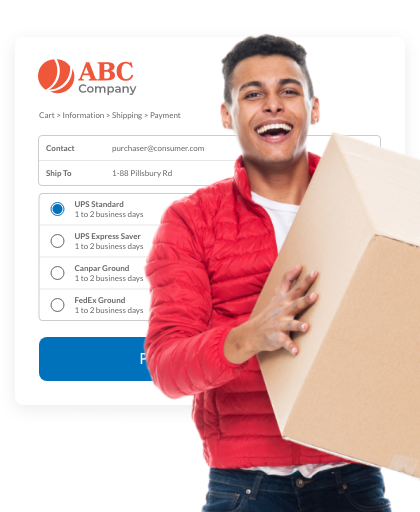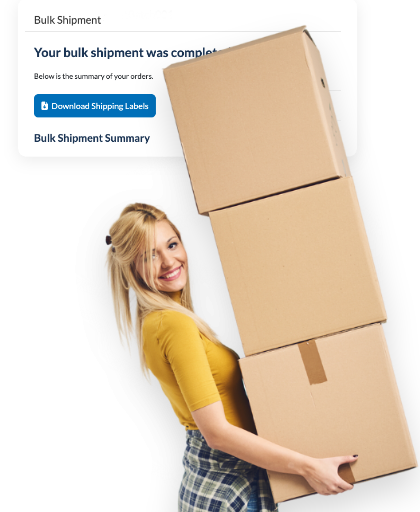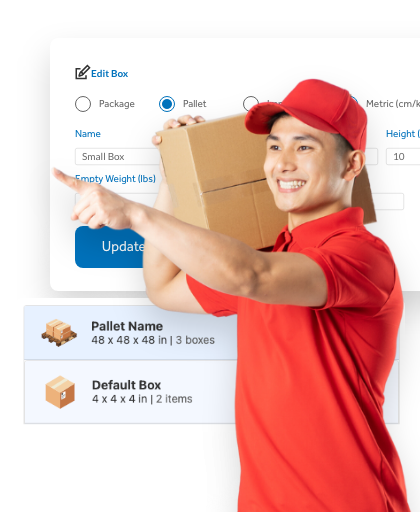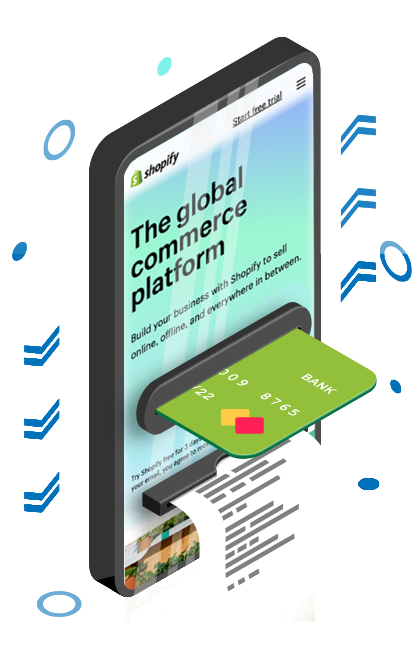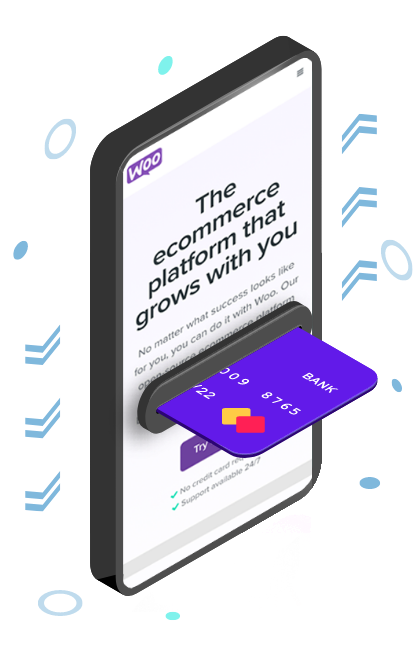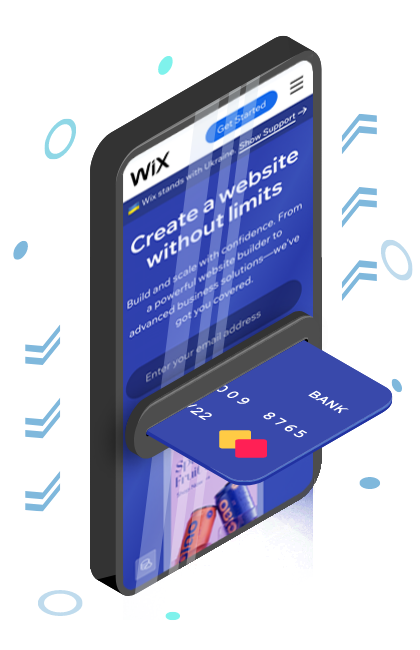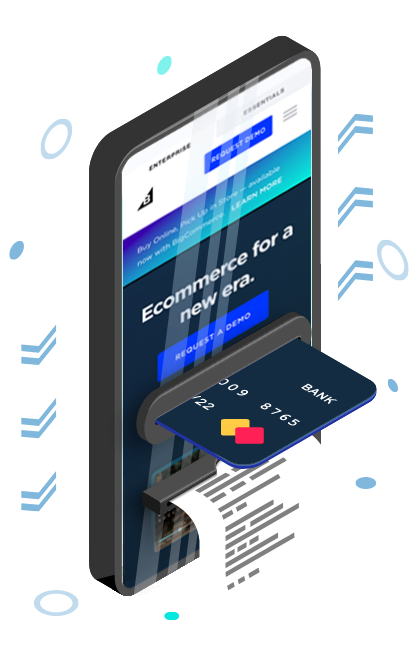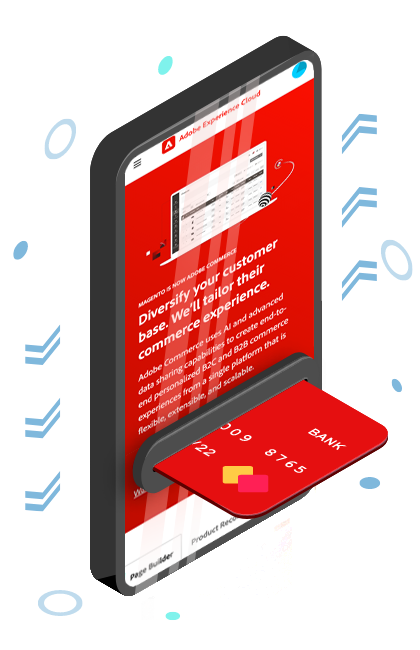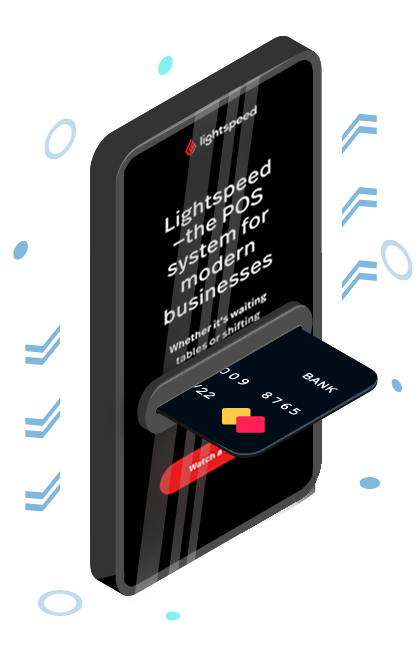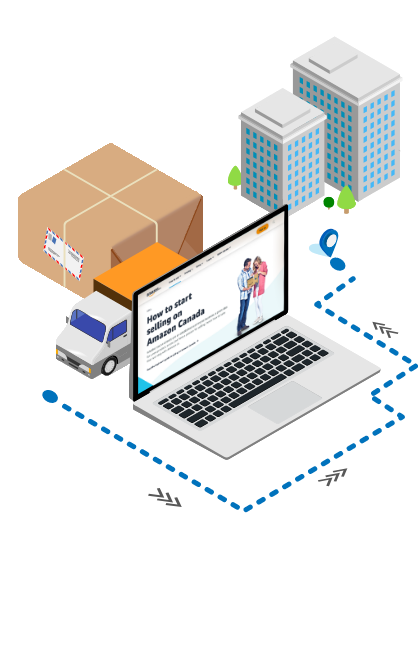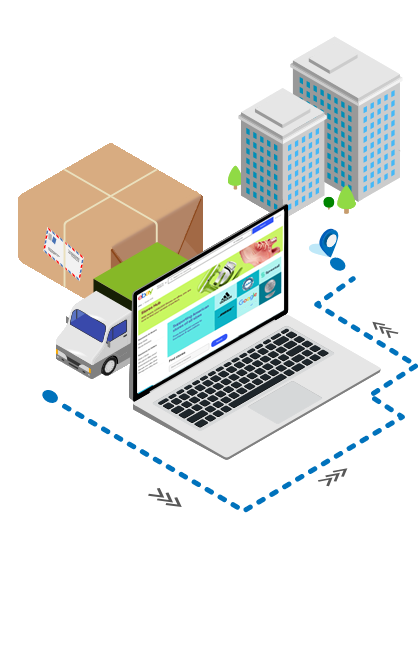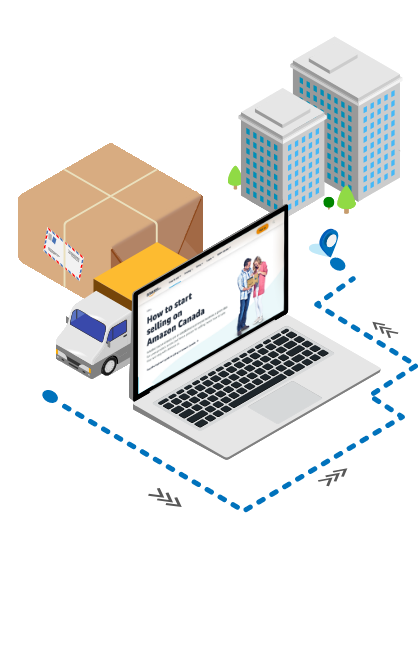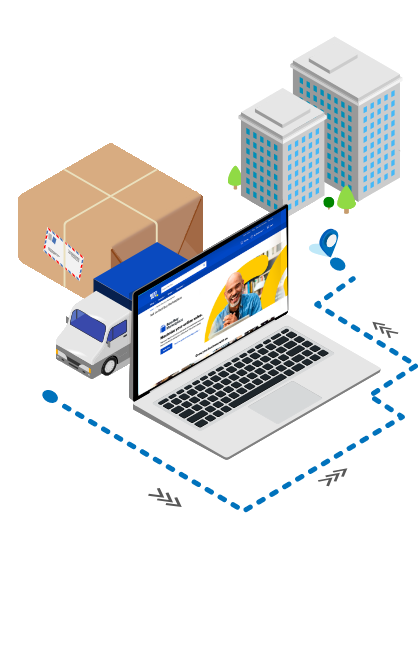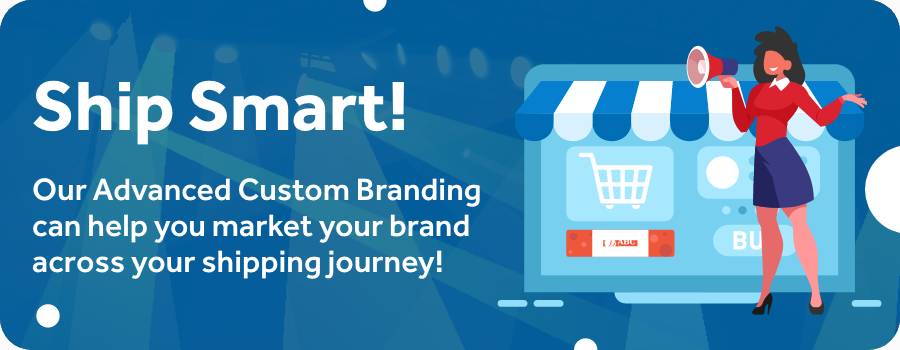Starting Your eCommerce Business on a Budget

One of the greatest obstacles in starting a business has historically been having the finances to not only start but maintain your business.
Generally, it takes two to three years for a business to start to turn a profit, and the prospect of having the finances to cover your expenses for that long is daunting.
One of the many benefits of starting an eCommerce business, however, is the fact that many of the traditional startup costs associated with starting a business simply aren’t necessary.
In fact, starting an eCommerce business on a budget can be easier than you may think!
So, whether you’re looking to turn your passion into some extra income, or looking to launch into full-time entrepreneurship, here are five tips to help you get your eCommerce business up and running for less.
1. Find Your Niche and Validate Your Idea
Instead of attempting to compete with industry giants on a broad scale, focus on a specific niche that aligns with your interests and expertise.
Begin by researching potential niches. Look for gaps in the market, products with a dedicated audience, and trends that show long-term promise.
Tools like Google Trends and social media analytics can provide valuable insights.
Before investing in inventory or a website, validate demand for your chosen niche. Use platforms like Kickstarter, Indiegogo, or even social media to gauge interest through pre-orders or crowdfunding campaigns.

Source: Statista
2. Build a Lean eCommerce Website
Your eCommerce website is the heart of your online business, but you don't need to spend a fortune to get it up and running. Here's how to build a website that’s both effective and cost-effective:
Start Small
Begin with a minimalistic approach. Focus on essential features like product listings, secure payment processing, and responsive design. You can always expand and add more features as your business grows.
Use eCommerce Platforms
Consider using user-friendly eCommerce platforms or online marketplaces. These platforms offer affordable templates and plugins that simplify the website development process.
Both eCommerce platforms and online marketplaces have their strengths and weaknesses. While marketplaces require less time and money to set up, they often require the host site to take a percentage of sales.
Conversely while eCommerce platforms offer you more customization and greater control over your profit margins, they can be more difficult to set up and can often have an initial startup fee.
3. Build Dynamic Elements that Engage Consumers
Keeping potential customers on-page for longer is a key strategy for converting leads into sales, and there are many ways to accomplish this on a budget.
Something as simple as using multiple photos on your product listings can encourage customers to click on individual listings, which then increases the chances of those items being added to customer carts.
Consider adding interactive elements to your site, such as a spinning wheel game that offers a range of prizes like free shipping, a discount, or a free item with the customer’s order. These can often also be used as a means of building a customer mailing list, requiring a customer to enter their email address in order to spin.
Finally, cart abandonment modals and emails are a common, low-cost tool for keeping customers engaged. These reminders can often be vital in converting sales that would otherwise be lost, sometimes days after a customer visited your storefront.
4. Optimize Marketing on a Shoestring Budget
Effective marketing doesn't always require a massive advertising budget. With a strategic approach and a focus on organic growth, you can build brand awareness without overspending.
Create valuable, relevant, and shareable content that resonates with your target audience. Start a blog, engage on social media, and leverage email marketing to nurture relationships with potential customers.
Invest time in optimizing your website for search engines. High-quality, keyword-rich content can help you rank higher in search results, attracting organic traffic to your site.
Leverage the power of social media by regularly posting engaging content, responding to comments, and collaborating with influencers in your niche.
Building a community around your brand can lead to organic growth.
5. Master eCommerce Shipping and Fulfillment with ClickShip
As your eCommerce business grows, managing inventory and shipping efficiently becomes crucial.
For a budget-conscious shipping solution that scales with you as your business grows, trust ClickShip!
ClickShip’s all-in-one platform integrates seamlessly with the leading eCommerce platforms and online marketplaces to give you access to discounted rates on parcel and pallet shipping from the most trusted carriers in North America, as well as a robust suite of shipping and fulfillment tools to help streamline your order management, all for zero upfront or monthly fees!
Contact one of our shipping experts and see how ClickShip can help you offer a premium shipping experience without a premium price tag.

Written by Brandon Draga
Brandon Draga is a full-time content writer at Freightcom, the leading shipping solution for businesses in Canada. When Brandon is not writing content to help businesses with their shipping needs, he can be found at local skate parks or writing fantasy novels.
Learn how ClickShip can help speed up your fulfillment process with our innovative, all-in-one shipping solution.
Focus on running your business. We’ll ship orders for you — as soon as they come in.



